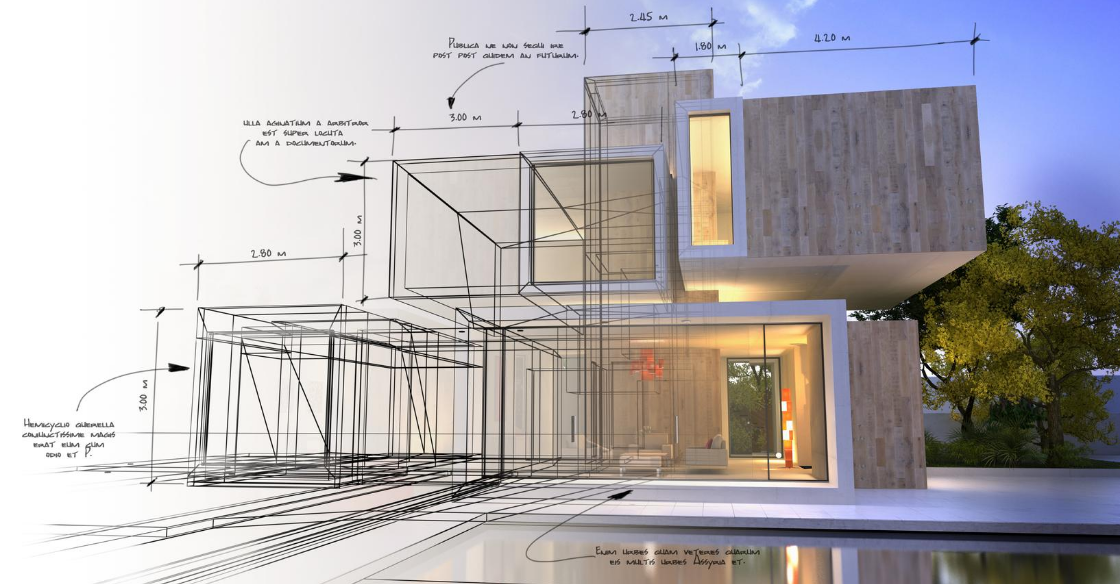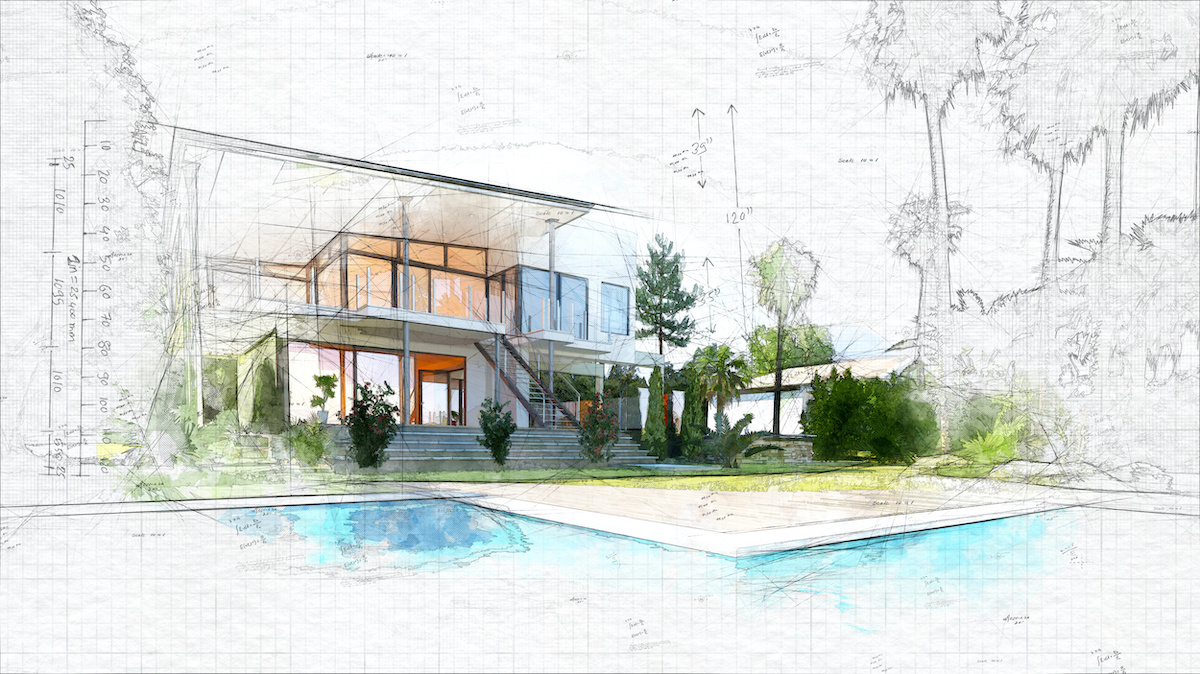Discover Cutting-edge Designs with Leading CDA Architects for Your Following Job
The Impact of Technical Developments on the Design Practices of Contemporary Architects
The quick development of technical tools has considerably reshaped the layout landscape for modern designers, fostering unmatched levels of technology and sustainability. The assimilation of Building Details Modeling (BIM), parametric style, and synthetic intelligence has not only streamlined partnership amongst varied teams yet additionally redefined task execution. Nevertheless, as engineers welcome these advancements, they are confronted with complex challenges that might impact their creative processes. Exploring these dynamics exposes a nuanced interplay between technology and conventional style methods, triggering a more detailed assessment of what the future holds for building practices.
Advancement of Architectural Tools
Just how have building tools transformed the style and building and construction procedures over the centuries? The evolution of building tools has actually substantially affected the efficiency, accuracy, and creative thinking of style and building.
With the introduction of the Renaissance, the intro of the compass and the protractor marked a crucial shift. These devices made it possible for designers to accomplish greater precision in their styles, promoting the development of more elaborate and proportional buildings. The Industrial Transformation even more changed building exercise with the intro of mechanized devices and products, enabling bigger and much more ambitious projects.
In the 20th century, the development of computer-aided design (CAD) software application transformed the landscape once more, supplying architects with unmatched capacities in modeling and visualization. Today, progressed tools such as Building Details Modeling (BIM) and parametric layout software application continue to press the limits of building technology, enabling an extra integrated strategy to design and construction procedures.
Enhanced Partnership in Layout
As modern technology continues to evolve, improved partnership in layout has come to be a cornerstone of contemporary architectural practice. The assimilation of electronic devices such as Building Info Modeling (BIM), cloud-based systems, and advanced visualization software program has actually transformed the means architects, designers, and stakeholders communicate throughout the design process. These devices assist in real-time communication, allowing groups to share ideas, adjustments, and comments immediately, no matter geographical location.

Additionally, interdisciplinary collaboration has actually been streamlined through these technological advancements, making it possible for engineers to function extra very closely with various other professionals, such as city coordinators and ecological specialists. The outcome is a more cohesive technique to create that considers numerous viewpoints and know-how. Eventually, improved partnership in style is not simply a trend; it is crucial for creating ingenious, useful, and cosmetically pleasing style in a progressively complicated globe.
Sustainability Via Technology
Sustainability in architecture has actually increasingly ended up being linked with technical innovation, driving the market toward eco accountable practices - cda architects. Contemporary designers are leveraging advanced innovations to lessen environmental influence while enhancing the efficiency of buildings. One prominent example is making use of Structure Information Modeling (BIM), which permits precise preparation and resource allocation, minimizing waste throughout building and advertising energy performance throughout a structure's lifecycle
Moreover, wise products and energy-efficient systems are being integrated right into styles to optimize source use. Technologies such as solar batteries and environment-friendly roof harness renewable resource resources, adding to lowered carbon footprints. In addition, the application of artificial knowledge in style processes makes it possible for engineers to replicate and examine power usage, assisting decisions towards more lasting outcomes.
The combination of lasting technologies not just straightens with international ecological goals but also meets an increasing demand from customers for environment-friendly remedies. As architects accept these innovations, the focus moves towards producing areas that are not only cosmetically pleasing however likewise functionally lasting, therefore redefining the standards of modern-day design. This way, technology serves as a stimulant for sustainability, enabling designers to develop buildings that respect and enhance the native environment.
Obstacles in Application
While technical developments in architecture hold wonderful assurance for site link improving sustainability, their application often comes across considerable obstacles - cda architects. One main obstacle is the steep learning contour linked with new modern technologies. Engineers and construction specialists might need comprehensive training to effectively use sophisticated software and tools, which can delay project timelines and increase costs
Additionally, the integration of emerging technologies, such as Building Information Modeling (BIM) and lasting products, typically requires collaboration look at this website throughout multidisciplinary teams. This collaboration can be impeded by distinctions in knowledge, process, and communication styles, leading to potential disputes and ineffectiveness.
Financial restraints additionally make complex the fostering of ingenious innovations. Numerous building companies, especially smaller ones, might lack the resources to invest in cutting-edge tools, limiting their capability to complete with larger firms that can afford such financial investments.
Furthermore, governing structures and structure codes might not keep pace with technological advancements, developing ambiguity and prospective conformity problems. This difficulty can dissuade engineers from fully accepting brand-new technologies, as the risk of non-compliance may exceed the advantages. Resolving these execution challenges is critical for the successful combination of technical innovations in contemporary architectural techniques.
Future Patterns in Style
The obstacles associated with the application of brand-new modern technologies in design have triggered a reevaluation of future fads within the market. As architects browse issues such as sustainability, urbanization, and social equity, they are progressively adopting cutting-edge technologies to boost layout effectiveness and ecological performance.
One popular fad is the integration of expert system (AI) in the style procedure. AI tools can assess huge datasets to inform style choices, boosting both creativity and capability. Likewise, Structure Details Modeling (BIM) remains to advance, allowing real-time cooperation amongst stakeholders and promoting streamlined job monitoring.
Lasting layout techniques are also obtaining energy, with engineers concentrating on adaptive reuse and regenerative layout concepts that decrease resource usage and waste. The unification of smart products and renewable resource resources will certainly further improve the strength of buildings when faced with climate adjustment.

Verdict
Technical advancements have substantially reshaped building design practices, helping look at this web-site with boosted accuracy, cooperation, and sustainability. The integration of tools such as Building Info Modeling and parametric layout software application, alongside expert system and clever materials, equips architects to attend to complex challenges much more efficiently. While execution may provide certain obstacles, the ongoing evolution of these innovations guarantees to drive development in design. Future fads will likely even more emphasize sustainability and efficiency, ultimately redefining the developed atmosphere.